I was really fortunate today to host a panel at the Bond Conference on how to ‘re-energise your campaign’. It was a great hour-long discussion between four inspiring campaigners, who are all leading really important campaigns with some new and different approaches.
It was one of those hours where I was trying to keep time, capture learnings and facilitate a discussion – needless to say I failed to time keep well, but a few lessons I took from the conversation;
- Build a simple structure that works for volunteer – Robyn, one of the co-directors of IC Change, which has achieved remarkable success, reminded us that we need to build structures for our campaigns that work for volunteers and not the other way around. IC Change was a built on a range of volunteer roles, some long-term, some surge roles to help at busy times, and others to utilise specialist skills or knowledge.
- Be intentional about building relationships – at the heart of IC Change is a core team of volunteers who are working together. They’re committed to spending time building real relationships with each other. In our campaigns we need to put in the time to help people get to know each other – echoes here of the work of Hahrie Han in building social ties over meals and other social activities.
- Just do something – Trica from Sum of Us shared how they often launch a campaign without having a fully agreed strategy, but they want to get a sense of how the corporate will react so put out petitions – sometimes with remarkable success rather than spend months developing the strategy. It was a theme that Robyn also picked up on that IC Change has because it volunteer-run looked to launch minimum viable proposition campaigns. There was something refreshing and exciting about just doing it!
- Find the pressure point – Sum of Us is about looking to find the most appropriate pressure point of their target, whats going to get them to move and respond to you. Then they design out the approach to take informed by that. Find the tactic that works to move your target. Keep experimenting if you’re original approach doesn’t work. Loads more about the approach of Sum of Us here.
- Build diverse and resilient coalitions – a theme across all the presentations was the importance of always looking to work with others, and while that can come with challenges working together helps campaigns to draw on each other’s strengths. For example, Rebecca from Ben + Jerry’s talked about how working with IRC meant they had access to policy knowledge and expertise. It’s about knowing what you know and what you don’t know.
- Be flexible – Larissa from Youth for Change reflected on how her campaigning had worked because they’d be flexible at adapting to where they were being successful, and look to go where people are to have the conversations. That could be a Whats App group, a Slack channel or something. Being too prescriptive can easily take valuable energy away.
- Get out and about – So Ben + Jerry’s have an advantage here as they have an Ice Cream Van, but Rebecca shared how important getting out and about to go to where people gather to have conversations about our issues. The Homecoming Tour, for example, was about going to communities and having conversations about welcoming refugees, and it was a great chance to have deeper conversations. Going offline helped to ground the campaign in realities that couldn’t be understood in a London planning meeting.
- Live your values – If as, Sum of Us is, you are asking your targets to live up to higher practices and values, you need to live those out. We had an important discussion about how we make sure that more diverse voices are heard in our campaigning. If our values don’t align with the work we’re doing we’re always going to be drawing energy away from our mission.
- Eat together – Perhaps an unintended theme throughout the presentations was the role of food at the heart of campaigning, from campaign planning over a cup of tea, to bring snacks to a meeting, to ice cream, everyone seemed to agree on the importance of food!
- Don’t forget the ‘why’ – a powerful reminder from Larissa that we all come into the work of campaigning because we want to change things, and if we’re feeling like our campaigns are lacking the energy they need, sometimes we need to go back to the ‘why’ we do this work and rediscover the passion that brought us to it.
If you joined the session at #BondConf I’d love to know what you’re reflections from the conversation was.

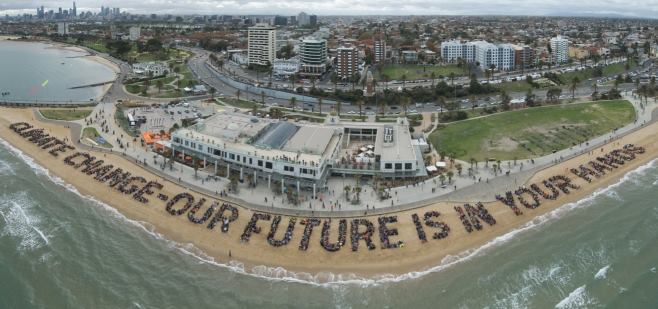
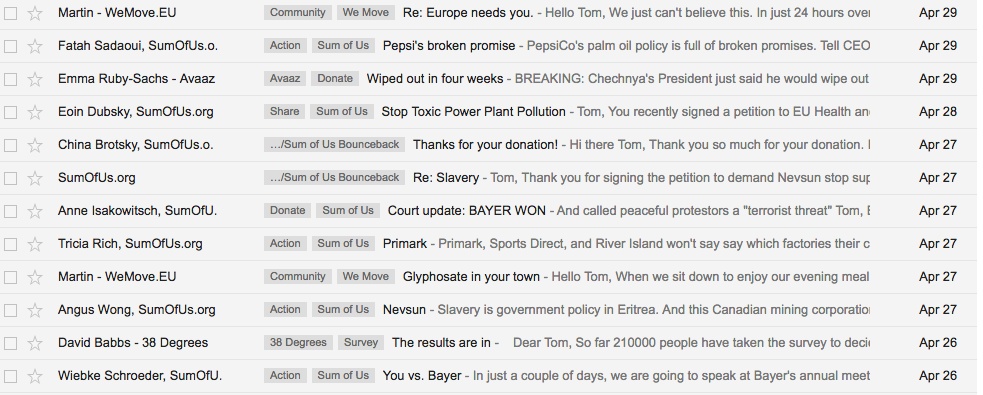
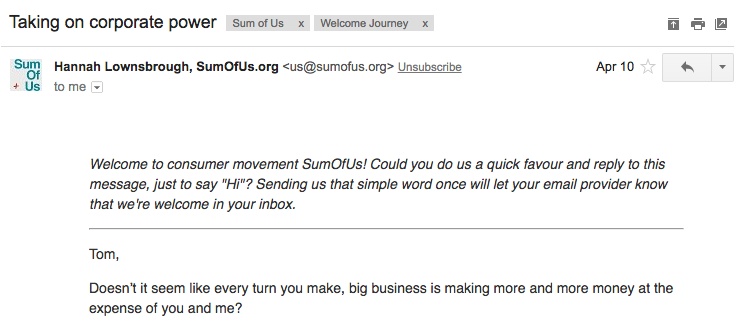
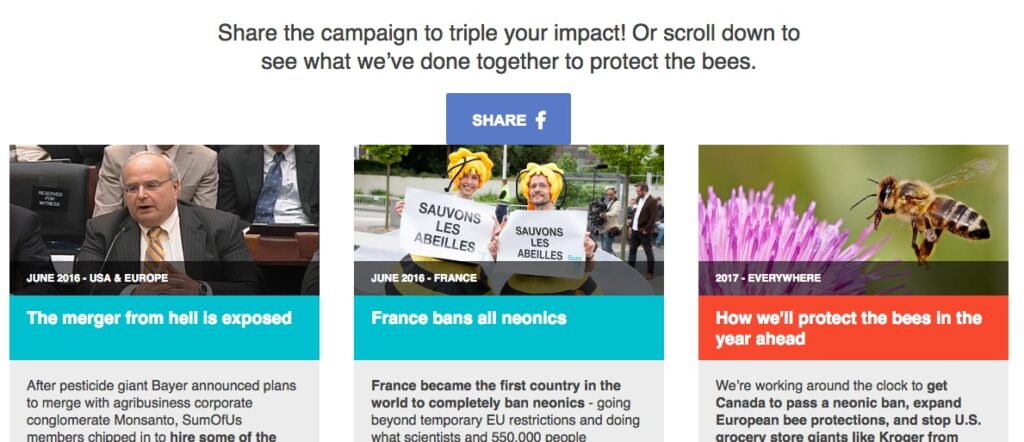
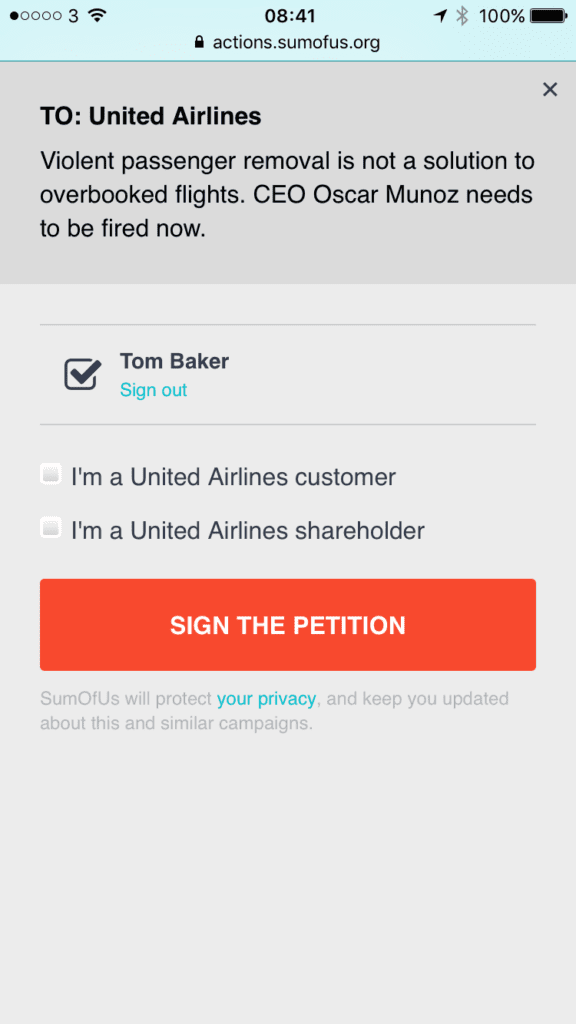

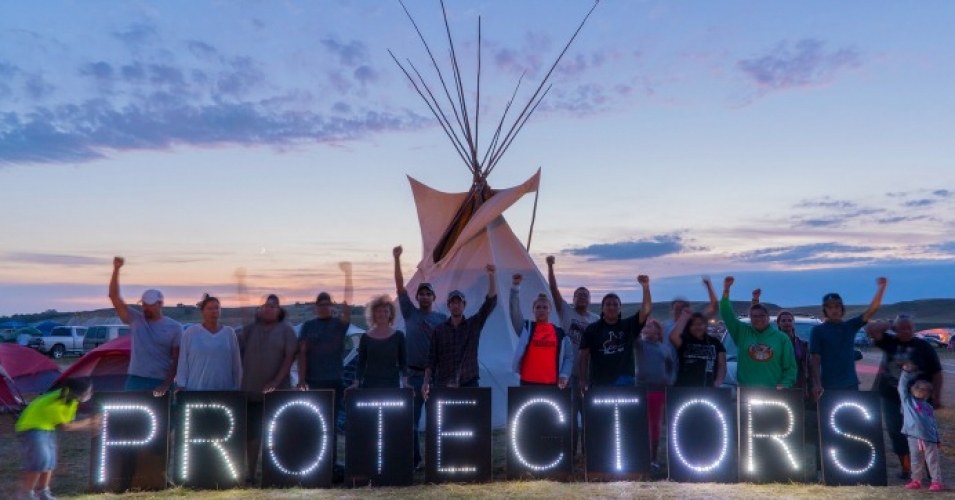


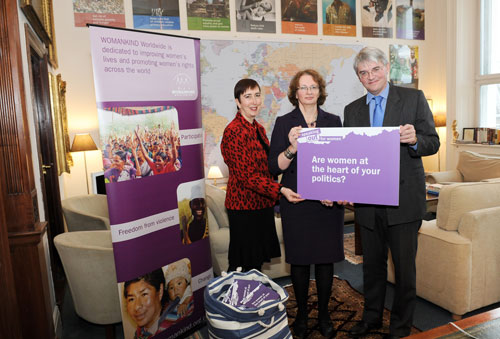
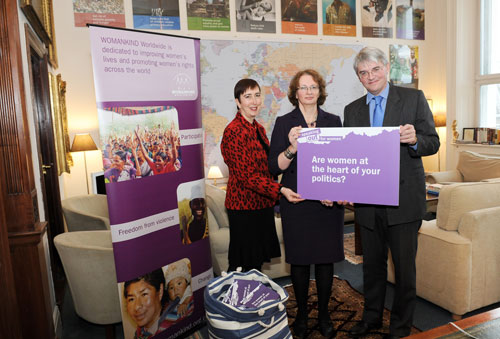 1. All correspondence goes to the correspondence unit. There’s no mechanism to make anyone outside the unit aware of it. However SPADs and Ministers can enquire about what the public’s writing in about, and SPADs in particular are likely to make sure they do as a good way to keep in touch.
1. All correspondence goes to the correspondence unit. There’s no mechanism to make anyone outside the unit aware of it. However SPADs and Ministers can enquire about what the public’s writing in about, and SPADs in particular are likely to make sure they do as a good way to keep in touch.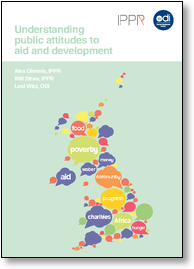 As the
As the 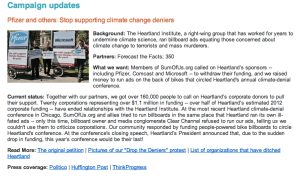

 I was amazed by the response that I got last year, with the results covered in
I was amazed by the response that I got last year, with the results covered in